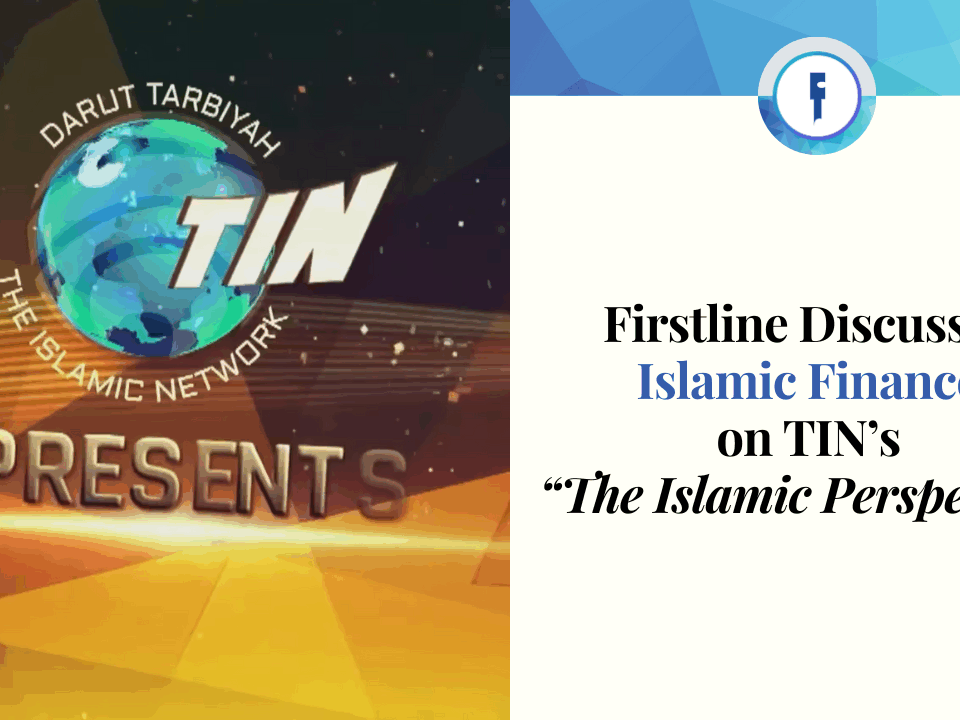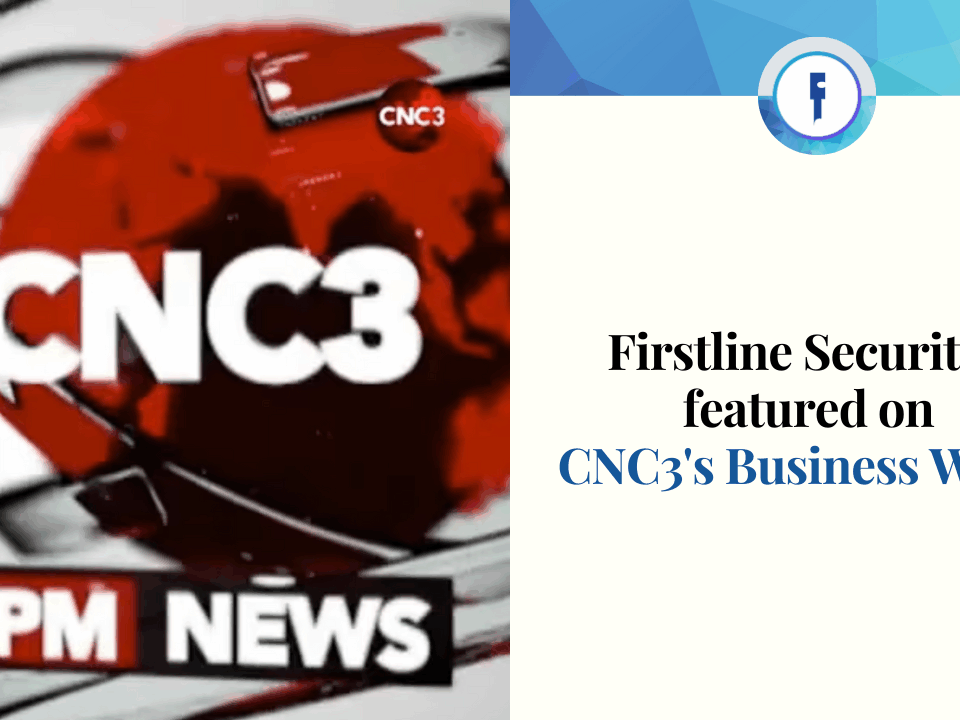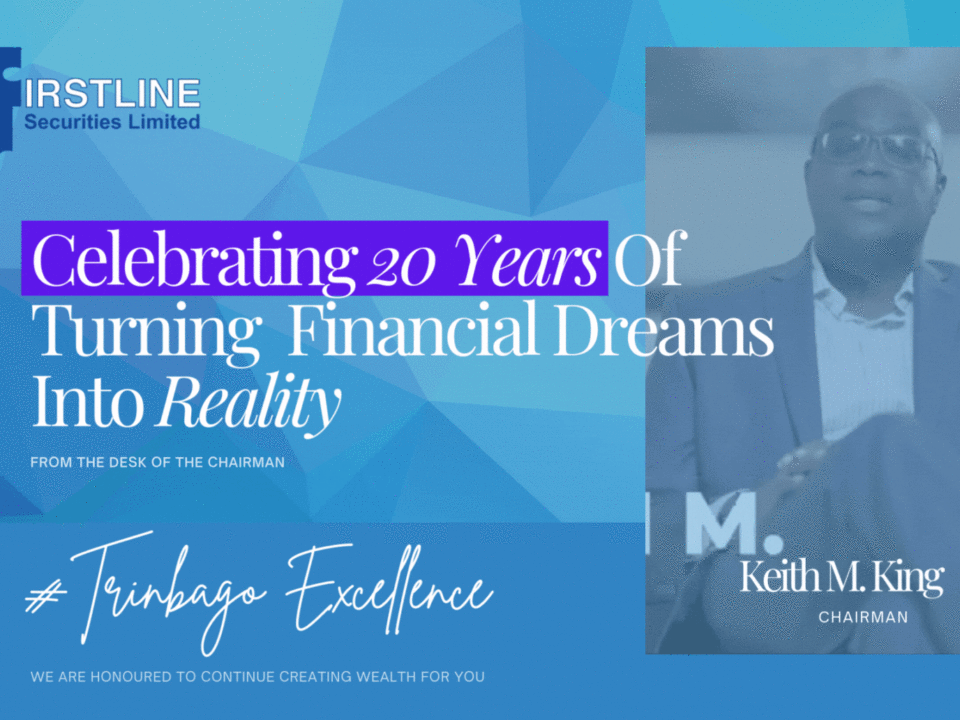INSIGHTS
5 SHOULD-HAVES TO QUALIFY FOR FIRSTLINE FUNDING


A Firstline Securities Blog by: Thomas Verguet
However, we are not a bank with a lending license and our funds come from investors. As such, Firstline’s shareholder funds are merely a part of the debt capital (and equity in a very few instances) extended to customers. Instead, we structure, i.e. we create a financial instrument on behalf of the company in need of funding and then market this instrument to clients looking to invest their own funds for superior risk and returns.
The client in need of funding and the client looking to invest thus enter into a relationship as borrower and investor, and the borrower pays back the investor according to the terms and conditions set out in the loan note agreement.
But before we reach this far, a lot of work has to take place, and this is why I decided to write this blog which sets out to shine some light on our internal process. In this particular entry, I will focus solely on how Firstline decides which prospective clients with funding needs meet our criteria.
So, what do we look for when a business approaches us? Well let’s have a look:
- Skin in the game i.e. equity;
- Strong collateral security;
- Multiple sources of debt servicing;
- Ability to service the debt; and
- Marketability to investors.
- Skin in the game i.e. equity:
This is not necessarily money that you have to spend. Let’s say in the previous example that you own the land on which you want to build this plant and this land is valued at TT$2.5 million, then there you go, that is your equity contribution right there.
The reason equity is so important to us is that it shows how serious you are in your endeavour hence the reason why I tend to call this one “skin in the game”.
- Strong collateralisation:
In essence, when looking at lending money, we want to make sure that, if things were to go terribly such that the client cannot repay the debt they have taken, and that ALL other options such as restructuring of said debt, have been exhausted, we can, to the benefit of the investors, try to recover as much of the money they are owed as possible.
So, following on that same example, if you are looking to borrow TT$7.5 million (the TT$10 million the plant will cost you minus the TT$2.5 million you are contributing as equity) then Firstline would want you to provide at least TT$11.25 million in collateral security (or 1.5 times the amount you are looking to borrow, we call that number the Collateral Coverage Ratio).
Collateral can take many forms, be it land, buildings, equipment, personal guarantee from the owners of the business or even from third parties unaffiliated with the business, assignment of payments from contracts, insurance coverage, etc.
However, at the end of the day, even if it is never a pleasant thing to consider as it is used in the last resort, collateral is indispensable to mitigate the risk of lending money.
- Multiple source of debt servicing:
Well, we look at it the same way. It is better for your business to sell multiple products to multiple clients across multiple industries than making all your money from one big client buying one product. What would happen if that one client suddenly decided to buy from your competitor? Your business would surely suffer and your ability to pay your debts may do so as well.
- Ability to service the debt:
As such, we feel comfortable when a company can provide financial information that supports a Debt Service Coverage Ratio (DSCR) of at least 1.5 times. The DSCR is a mouthful but in effect it is the Net Operating Income of the business divided by the expected Interest Expenses. I won’t go into additional detail as I am trying to keep this simple but a DSCR of 1.5 times means that even after paying what is due to service the debt your company should still be left with enough money to thrive.
- Marketability to investors:
The answer to that is a mix of many different aspects such as the repayment period/tenor of the debt, the interest rate, the overall structure and frequency/periodicity of payments, the currency it is issued in and repaid in (they can at times be different) but can also include factors such as the sector of the economy from which the business originates. For example, there have been periods when debt originating from the oil industry was high in demand as that sector was thriving and as a result, investors were looking for any way to get exposure to that particular sector but today, not so much.
At the end of the day however, it is very rare that a client who qualifies from points #1-4 would not to be able to issue debt that can be described as marketable. And if that happens, Firstline will work hard to make it so by tweaking the terms of the instrument to make it more appealing.
Conclusion
Now is probably the time to say that whilst those five points are very important to Firstline when considering new clients, we pride ourselves in our high level of flexibility. In reality, a prospective client who qualifies for all of the above is rare and more often than not, clients will score well on three or four points, but may “fail” on one and it is our job to make sure we structure the debt to make it financeable.
I hope this article was enlightening to you!
Going forward I will talk about the next steps in this process, as well as everyone’s favourite subject: onboarding and compliance (really fun!!!) and why they are so important!


